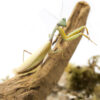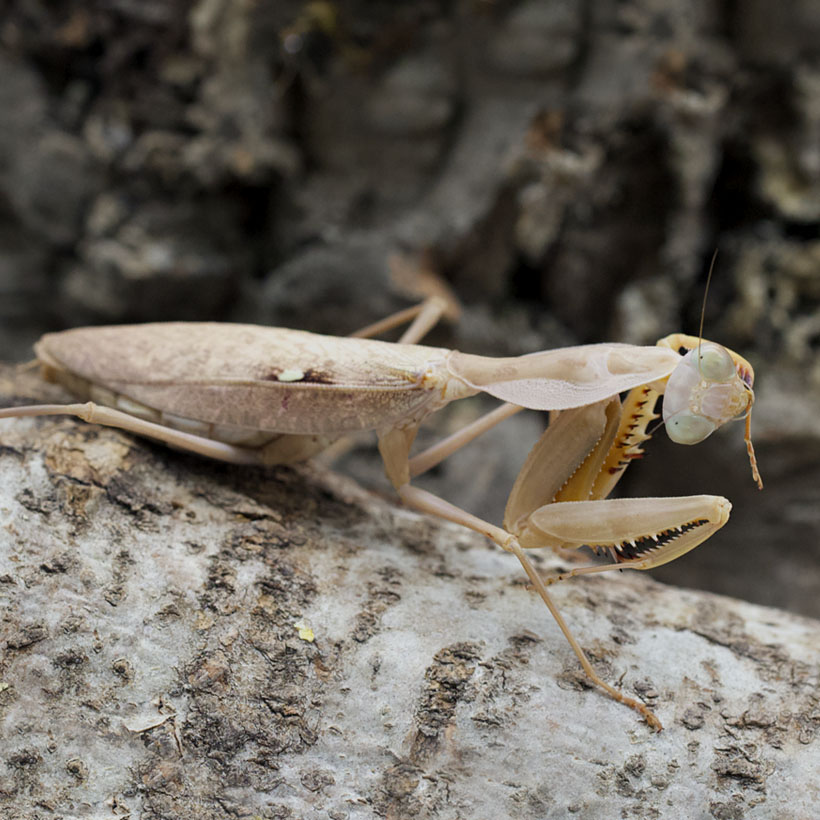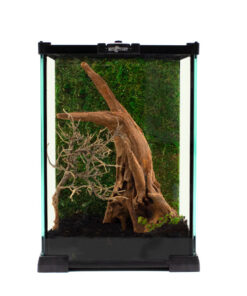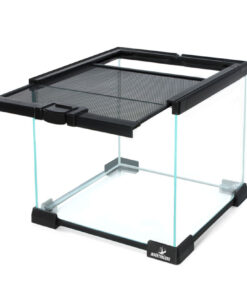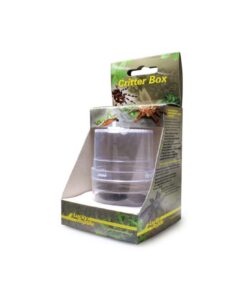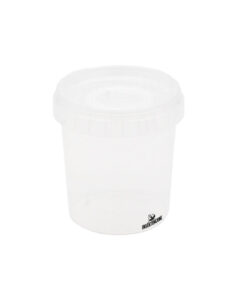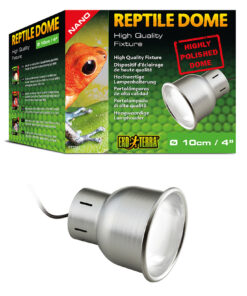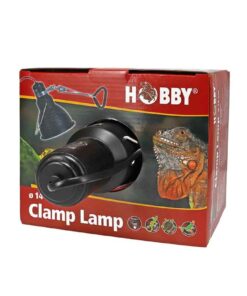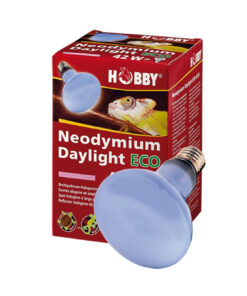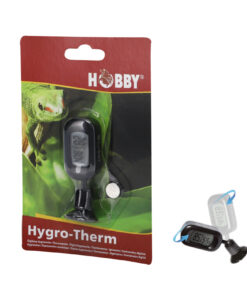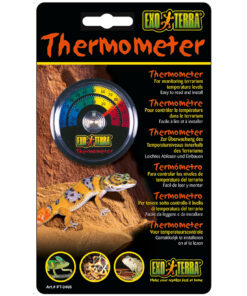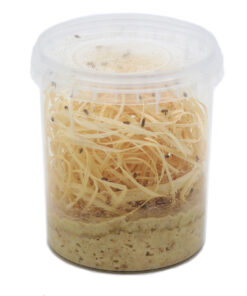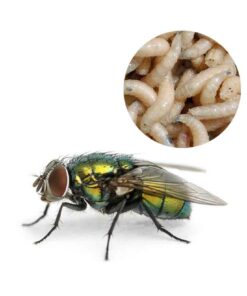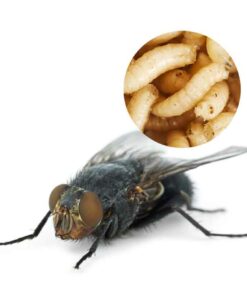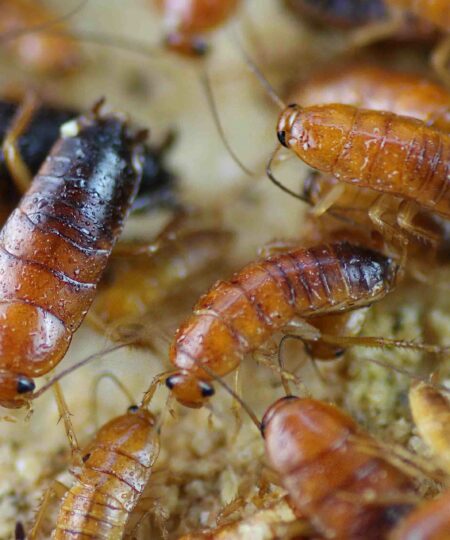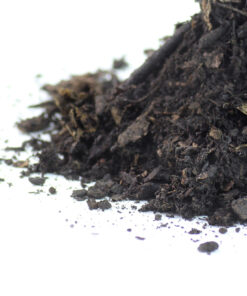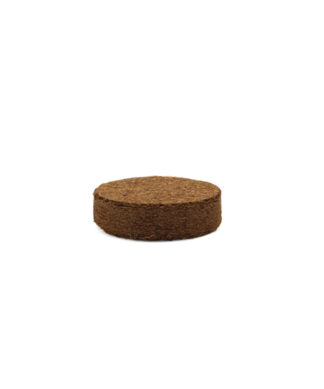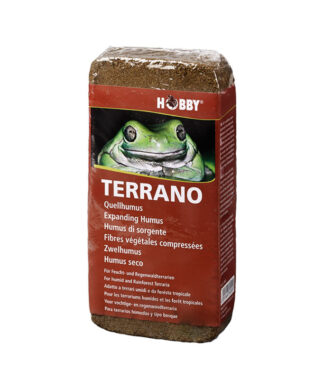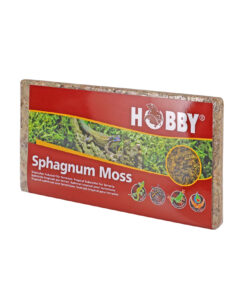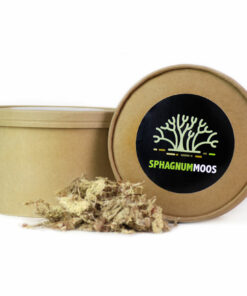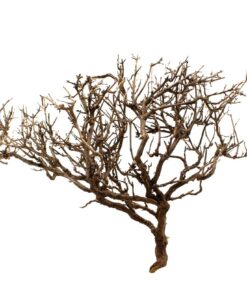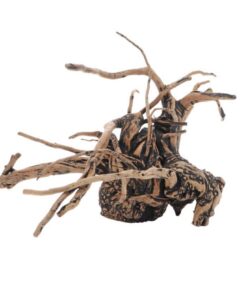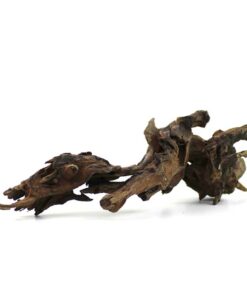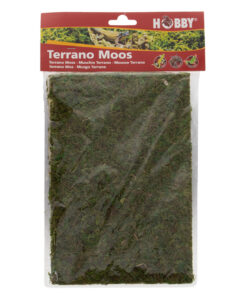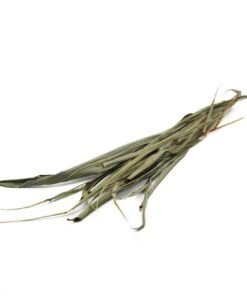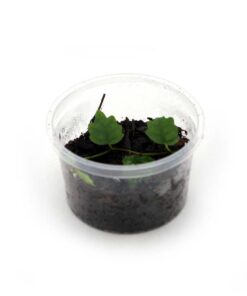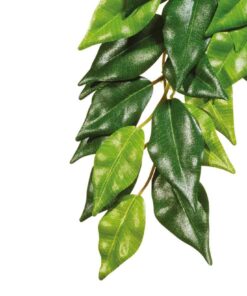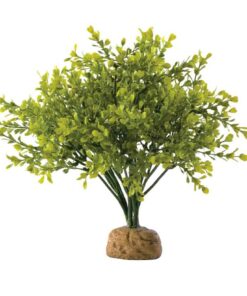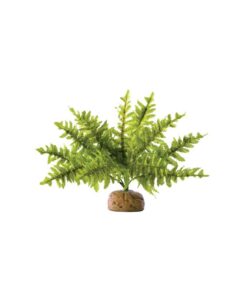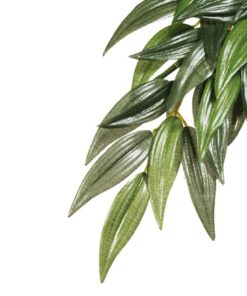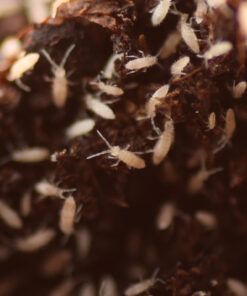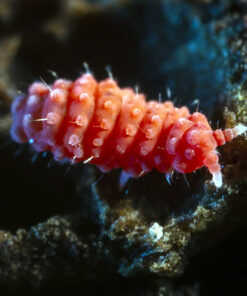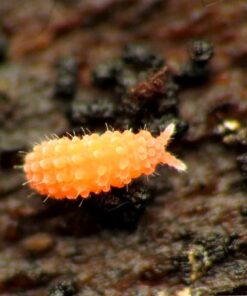
Easy

Papua

8 CM

24-30 °C
Rhombodera kirbyi: An active hunter for your terrarium
Rhombodera kirbyi is a particularly active praying mantis that impresses with its agile hunting behaviour and quick mating rituals. This impressive praying mantis is known for its ability to chase after prey for short periods of time, which guarantees exciting moments of observation in your terrarium.
A characteristic feature of the Rhombodera kirbyi is its striking dorsal shield, which not only provides protection but also impresses with its size and shape. This shield contributes to the mantid’s imposing appearance and enhances its visual presence in the terrarium. It is a defining characteristic of this species and makes it a particularly interesting specimen to observe.
The Rhombodera kirbyi is characterised by a very active lifestyle and brings a lot of movement into the terrarium. Its fast and efficient hunting methods make it a fascinating pet for all lovers of exotic insects.
When breeding this species, special care should be taken to ensure that the males are removed from the terrarium quickly after mating, as otherwise they run the risk of being eaten by the females.
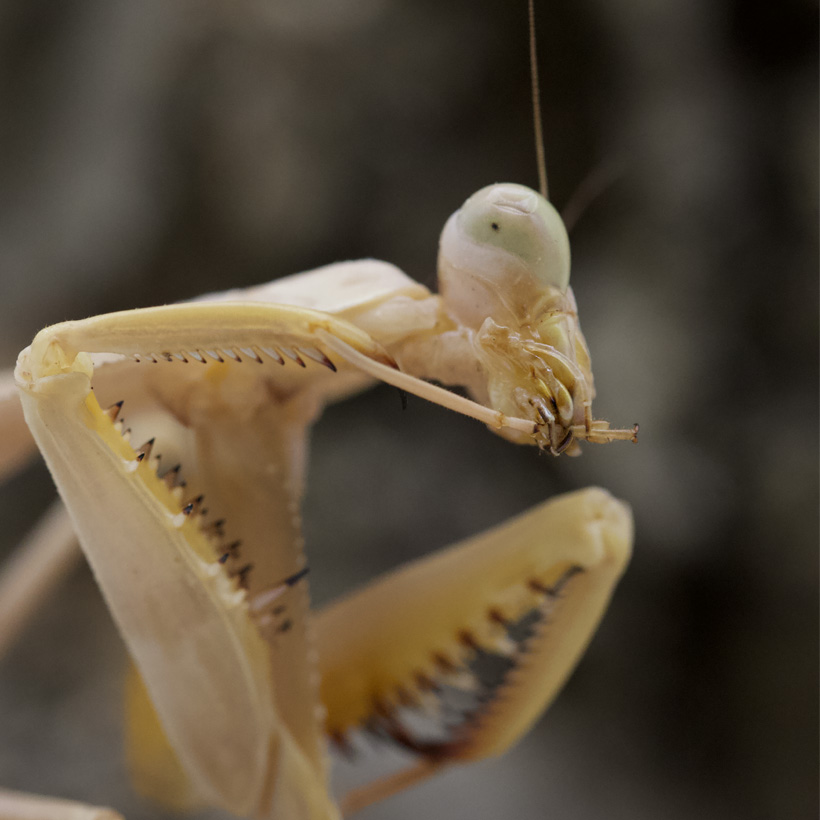

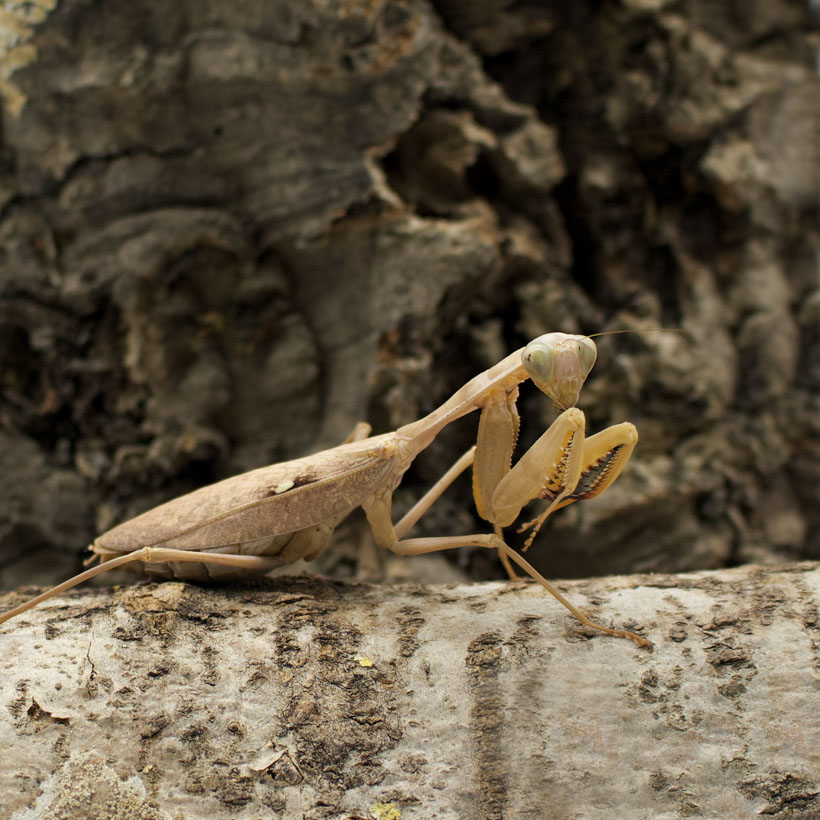
The mating itself takes place quickly, which requires a certain amount of attention and speed in handling in order to protect the males.
To keep Rhombodera kirbyi optimally, the terrarium should be at least 30 x 30 x 30 cm in size and offer plenty of climbing opportunities to fulfil the animals’ natural urge to move. High humidity and warm temperatures support a healthy living environment for this species.
The Rhombodera kirbyi is not only an active hunter, but also a visually impressive animal that will delight every terrarium fan with its elegance and fast movements. Experience the dynamics and exciting behaviour of the Rhombodera kirbyi up close and add a real natural wonder to your terrarium.
Rearing the nymphs
Note: Males are sexually mature
Mating: They are ready to mate about two to three weeks after moulting.
Note: Females are sexually mature
Mating: They are ready to mate about four weeks after moulting.
Essentials for Rhombodera kirbyi!
- Terrariums & Containers
- Lighting & Climate
- Food
- Substrate & Mosses
- Furnishing & Decoration
- Terrarium Plants
- Clean-up Crew
| Weight | 110 g |
|---|---|
| Size | L2/3 |
| Quantity | 1, 5 |



